Facts about Marie Antoinette
Marie Antoinette is often remembered as a symbol of extravagance and excess, but her story is much more nuanced. As the last Queen of France before the revolution, her life was a mix of opulence, political intrigue, and personal tragedy.
Known for her impeccable style and infamous reputation, Marie Antoinette’s life continues to captivate historians and enthusiasts alike.
A Royal Arrival: Marie Antoinette’s Birth and Early Life
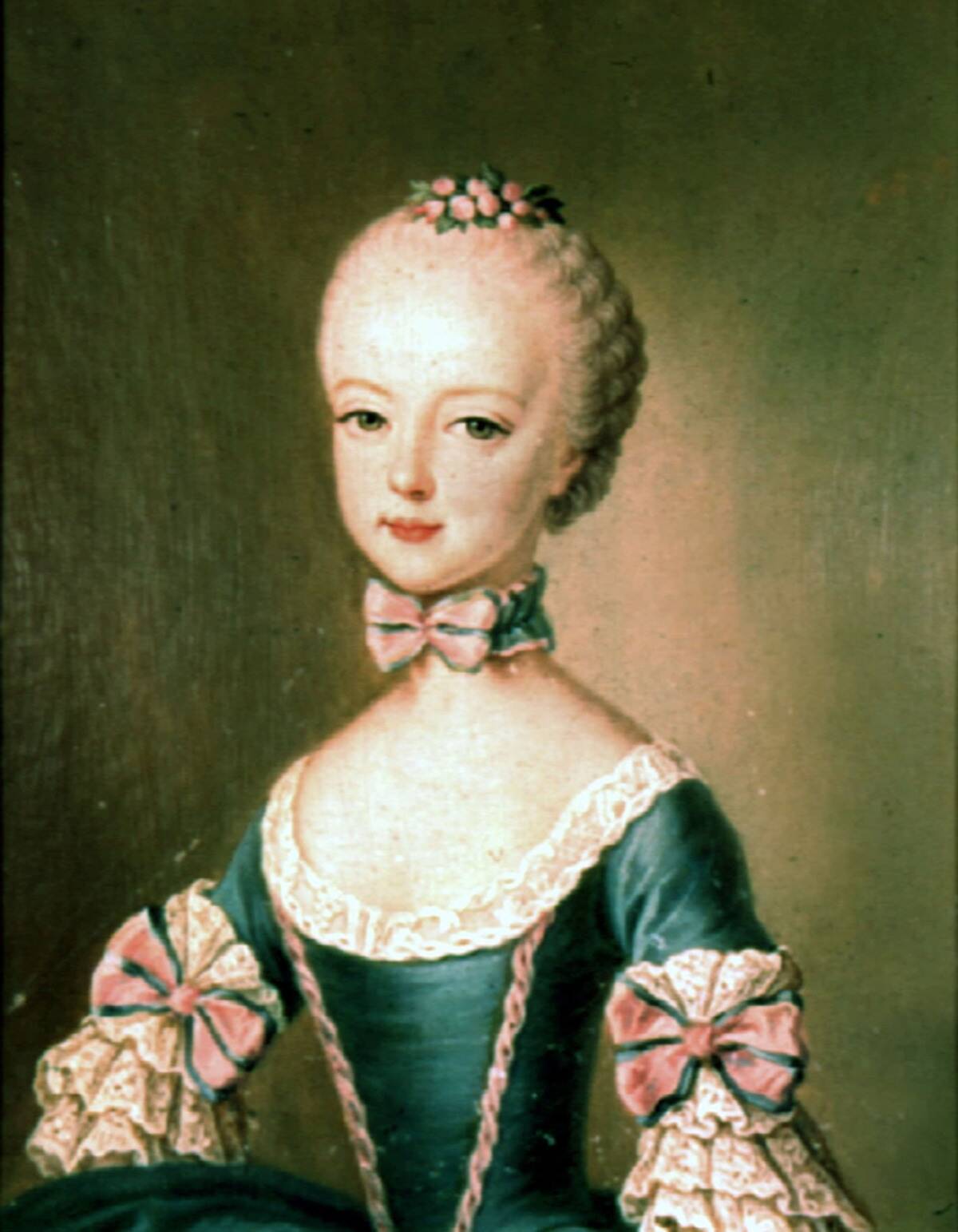
Marie Antoinette was born on November 2, 1755, in Vienna, Austria, as the 15th child of Empress Maria Theresa and Emperor Francis I. Her early years were steeped in the grandeur of the Habsburg court, where she enjoyed a privileged upbringing.
Despite her royal status, her childhood was not without its challenges, as she received a limited formal education, focusing instead on music and the arts.
The Austrian Archduchess: Marie’s Family and Heritage
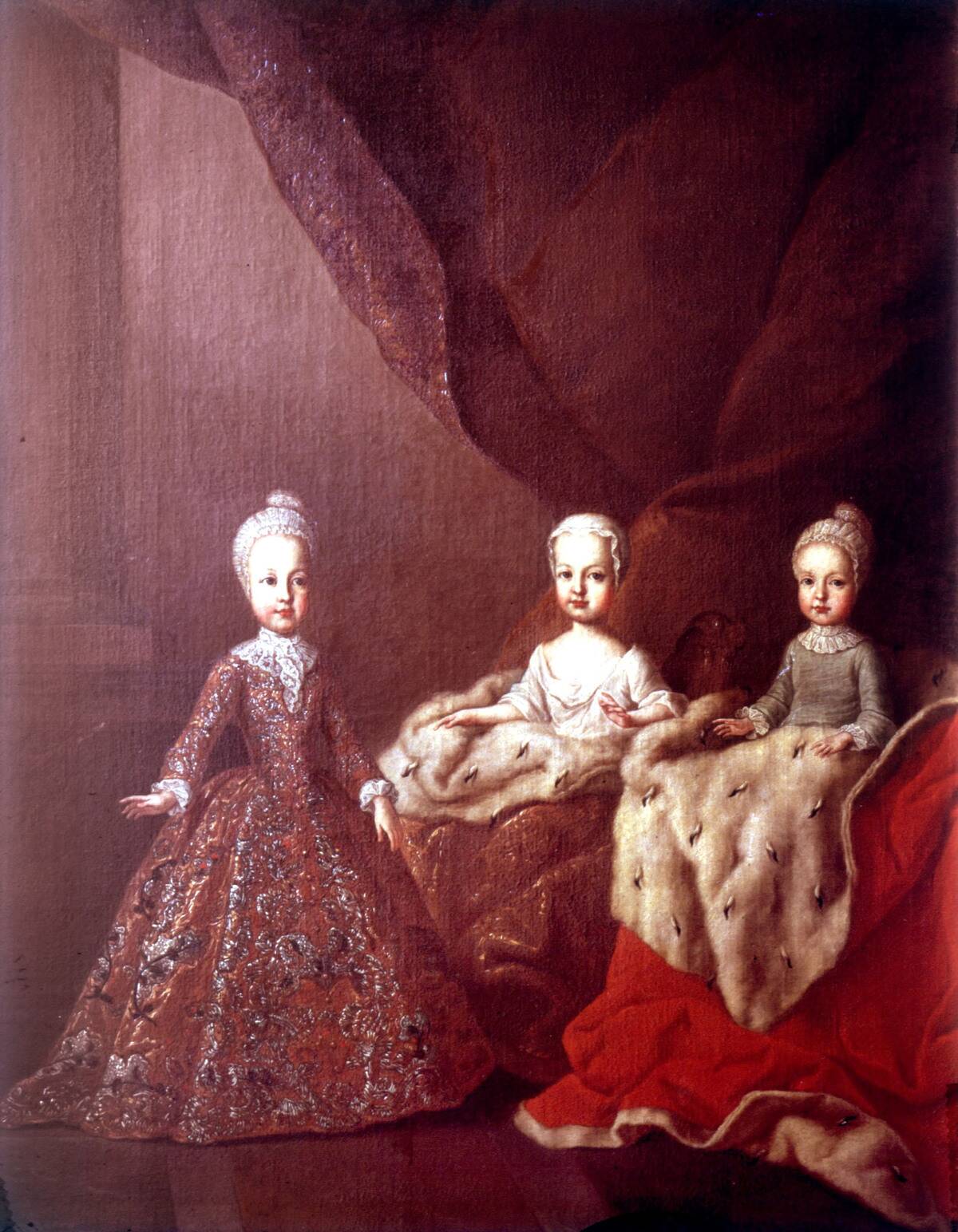
Marie Antoinette hailed from the powerful Habsburg dynasty, one of Europe’s most influential royal families. Her mother, Maria Theresa, was a formidable ruler who governed a vast empire.
This illustrious lineage meant that Marie was destined for a significant role on the European stage, even as a child. Her heritage equipped her with the poise and political acumen expected of a future queen.
The Royal Exchange: Marriage to Louis XVI
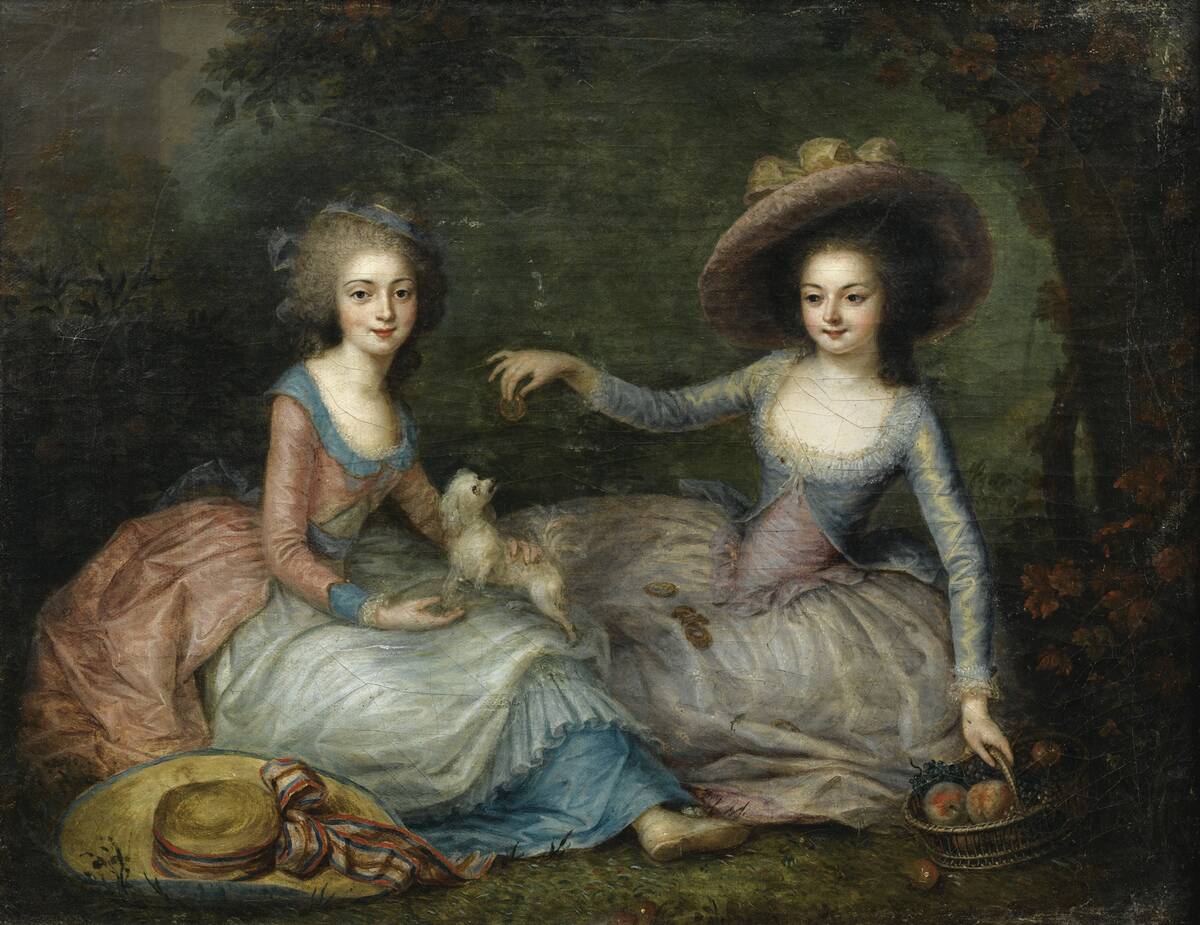
At the tender age of 14, Marie Antoinette was betrothed to Louis-Auguste, the future Louis XVI of France, in a union designed to strengthen Franco-Austrian relations.
The marriage in 1770 was a grand affair, symbolizing a new alliance between two powerful nations. However, the young couple faced considerable pressure to produce an heir, a task complicated by their initially awkward relationship.
Life at Versailles: The Queen’s Glamorous Court
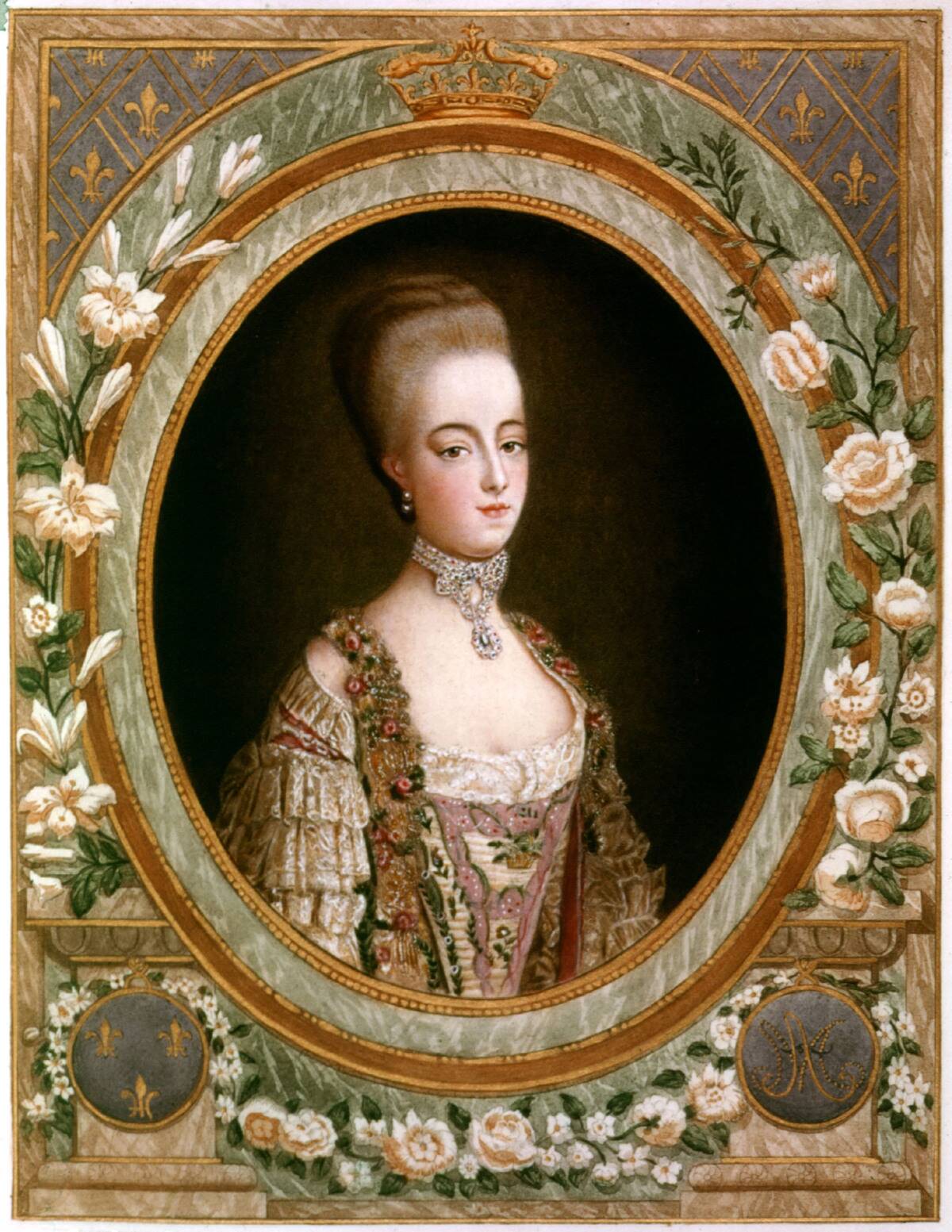
Upon her arrival in France, Marie Antoinette was thrust into the opulent world of the Versailles court. Known for its extravagance, Versailles was a place where etiquette and appearances dominated daily life.
Marie soon became the center of attention, hosting lavish balls and gatherings that solidified her reputation as a trendsetter. This lifestyle, however, came with its own set of challenges and criticisms.
Fashion Icon of the 18th Century: Marie Antoinette’s Style Influence
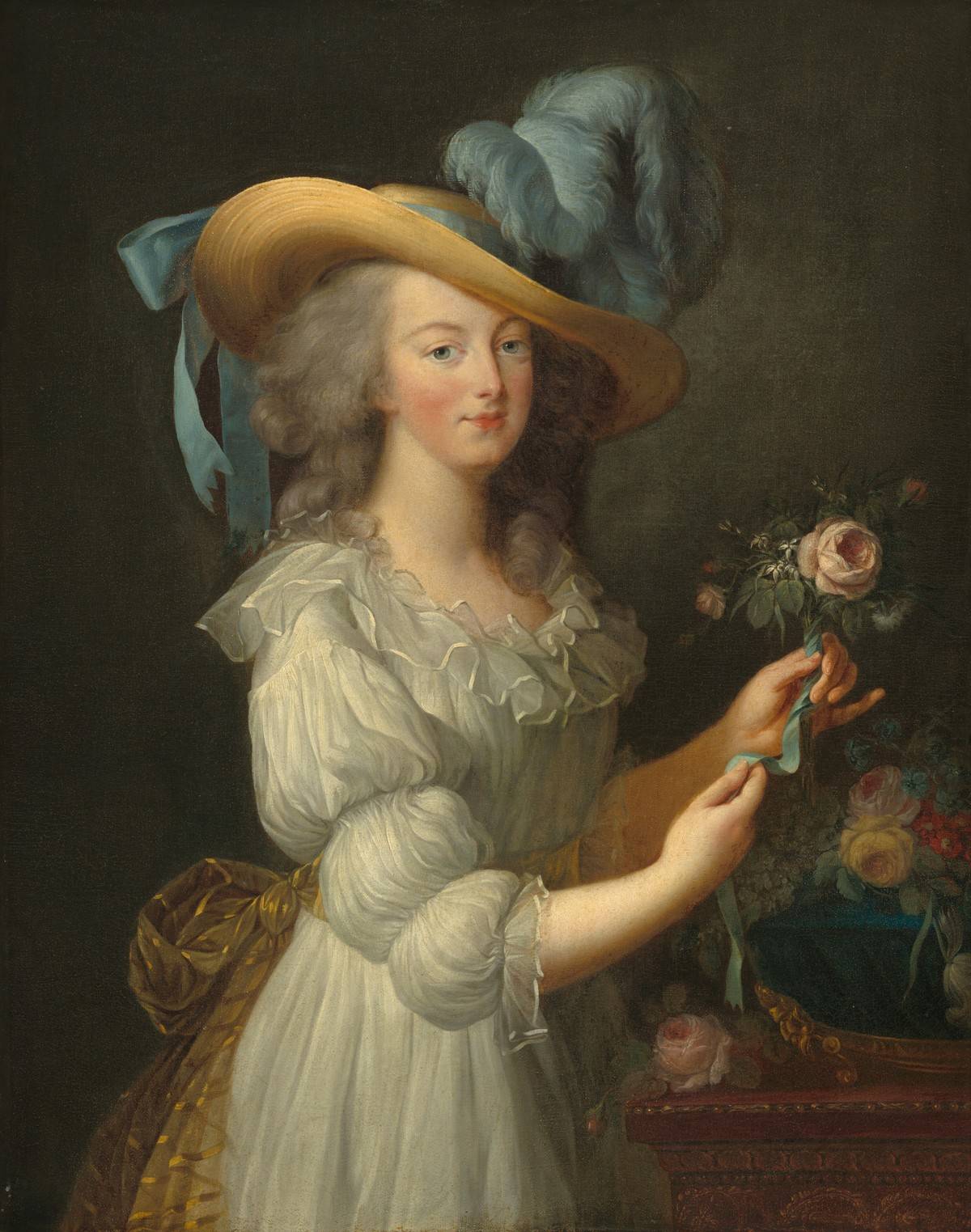
Marie Antoinette’s flair for fashion left an indelible mark on the 18th century. She popularized the pouf hairstyle and embraced audacious gowns that set trends across Europe.
Her personal stylist, Rose Bertin, helped create extravagant ensembles that were the talk of the court. Although her fashion choices were often criticized for their extravagance, they cemented her legacy as a true style icon.
The Petit Trianon: A Personal Sanctuary
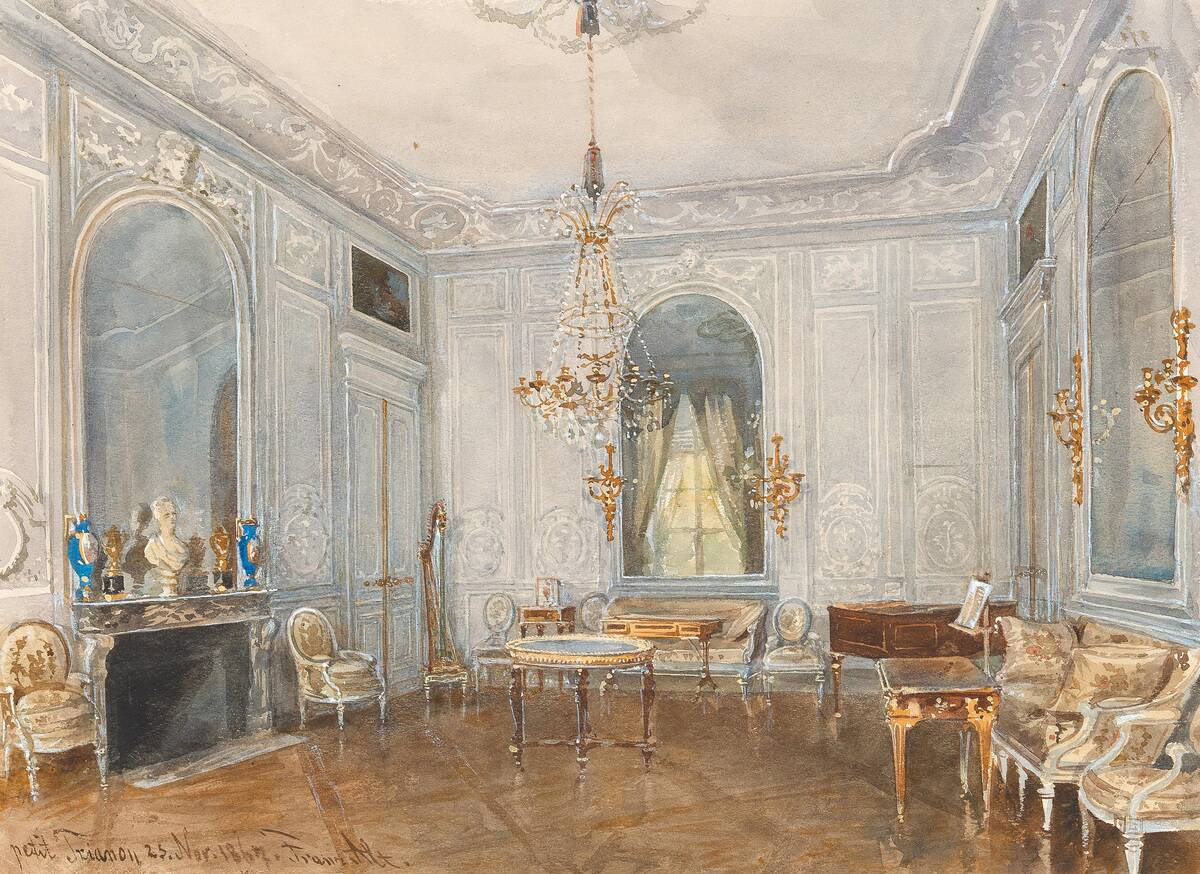
The Petit Trianon, a small château on the grounds of Versailles, became Marie Antoinette’s refuge from the rigid court life. Gifted to her by Louis XVI, it allowed her to escape the public eye and indulge in simpler pleasures.
Here, she enjoyed gardening, hosting intimate gatherings, and embracing a more pastoral lifestyle, which provided a stark contrast to her otherwise extravagant existence.
Exploring Her “Simple” Side
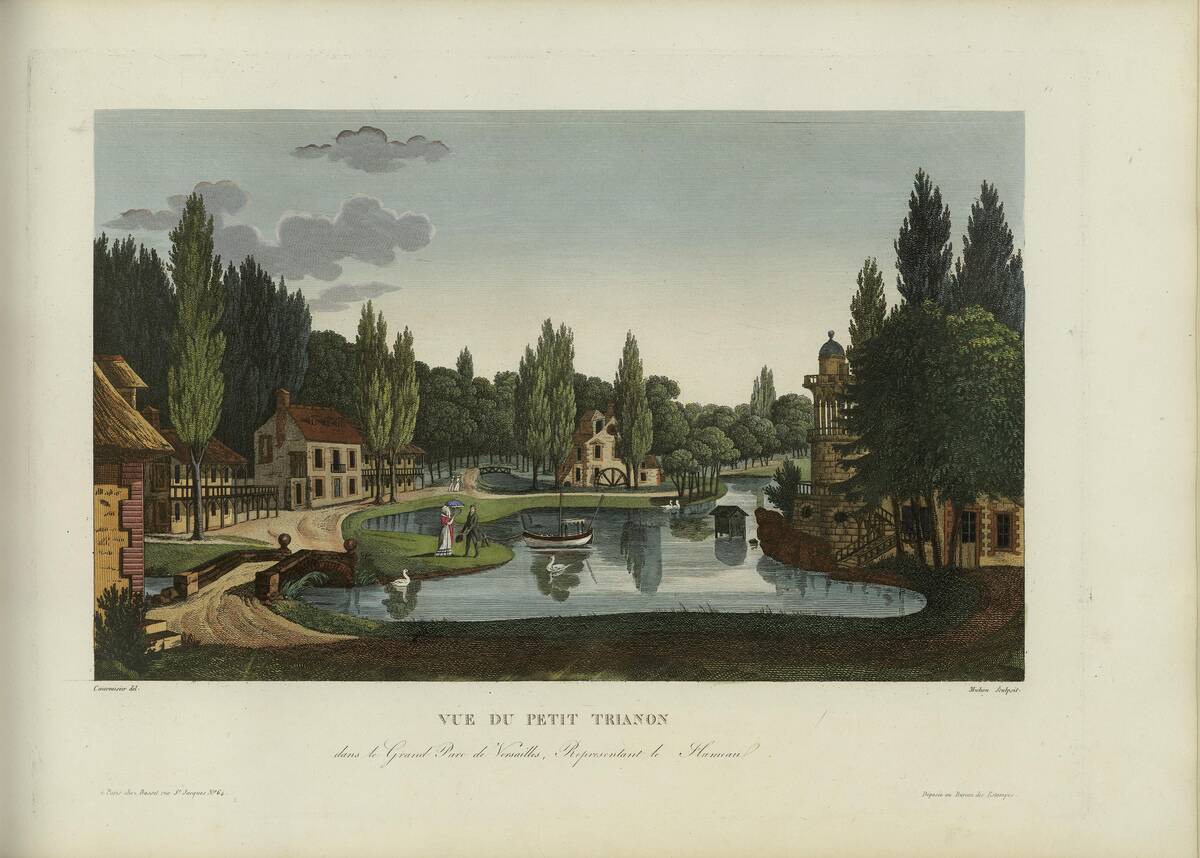
Despite her luxurious lifestyle, Marie Antoinette sought to experience a more rustic way of life at the Hameau de la Reine, a model village she had built near the Petit Trianon.
The major design reason for these more rustic trappings was to create the impression that Hameau de la Reine was deep in the countryside, rather than at Versailles.
The Diamond Necklace Affair: A Scandal that Rocked France
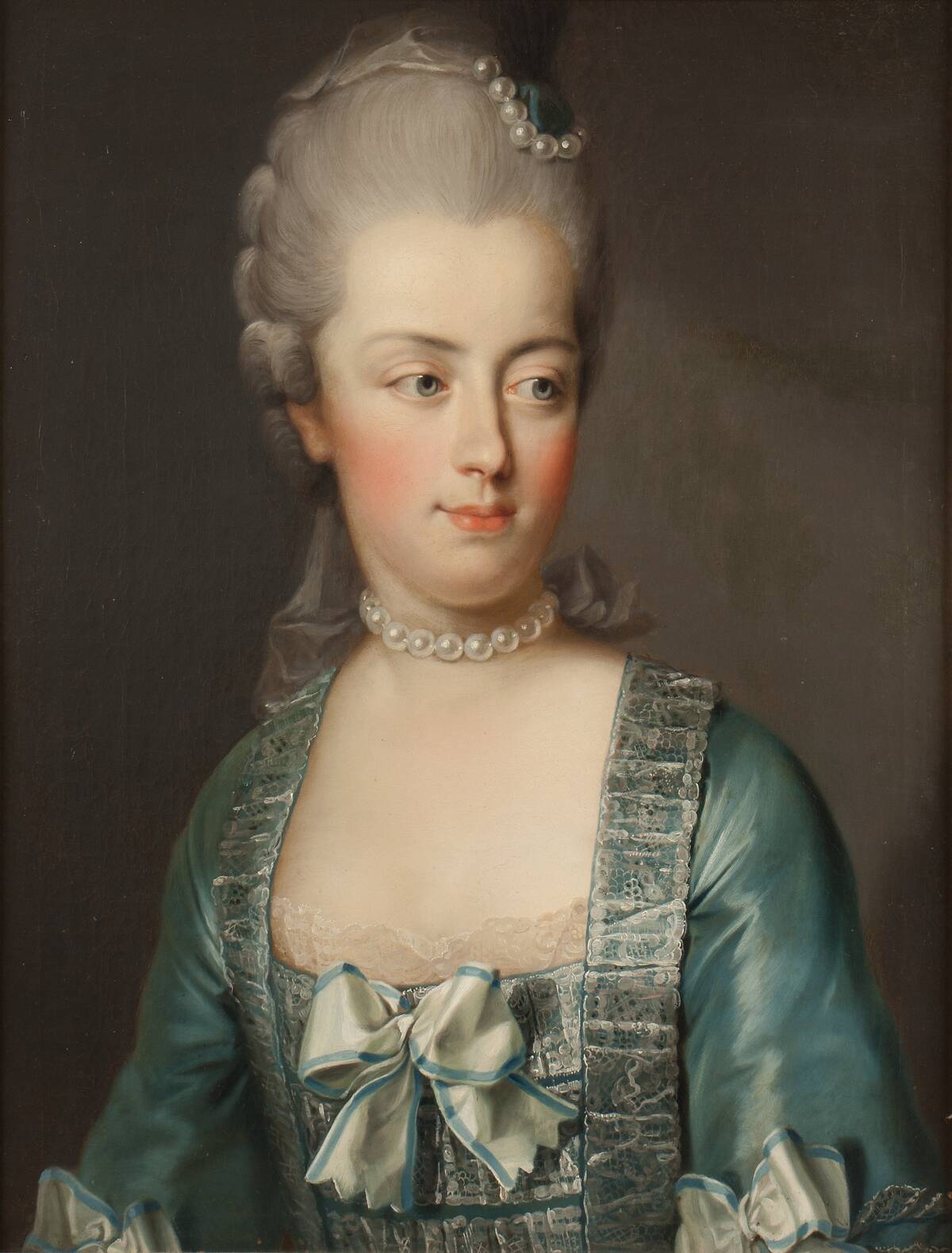
In 1785, the Diamond Necklace Affair tarnished Marie Antoinette’s already fragile reputation. A complex plot involving a stolen necklace and forged letters implicated the queen in a scandal she had no part in.
Although she was innocent, the affair fuelled public animosity and painted her as a symbol of royal excess and corruption, exacerbating the tensions leading up to the French Revolution.
Let Them Eat Cake: Debunking the Famous Myth
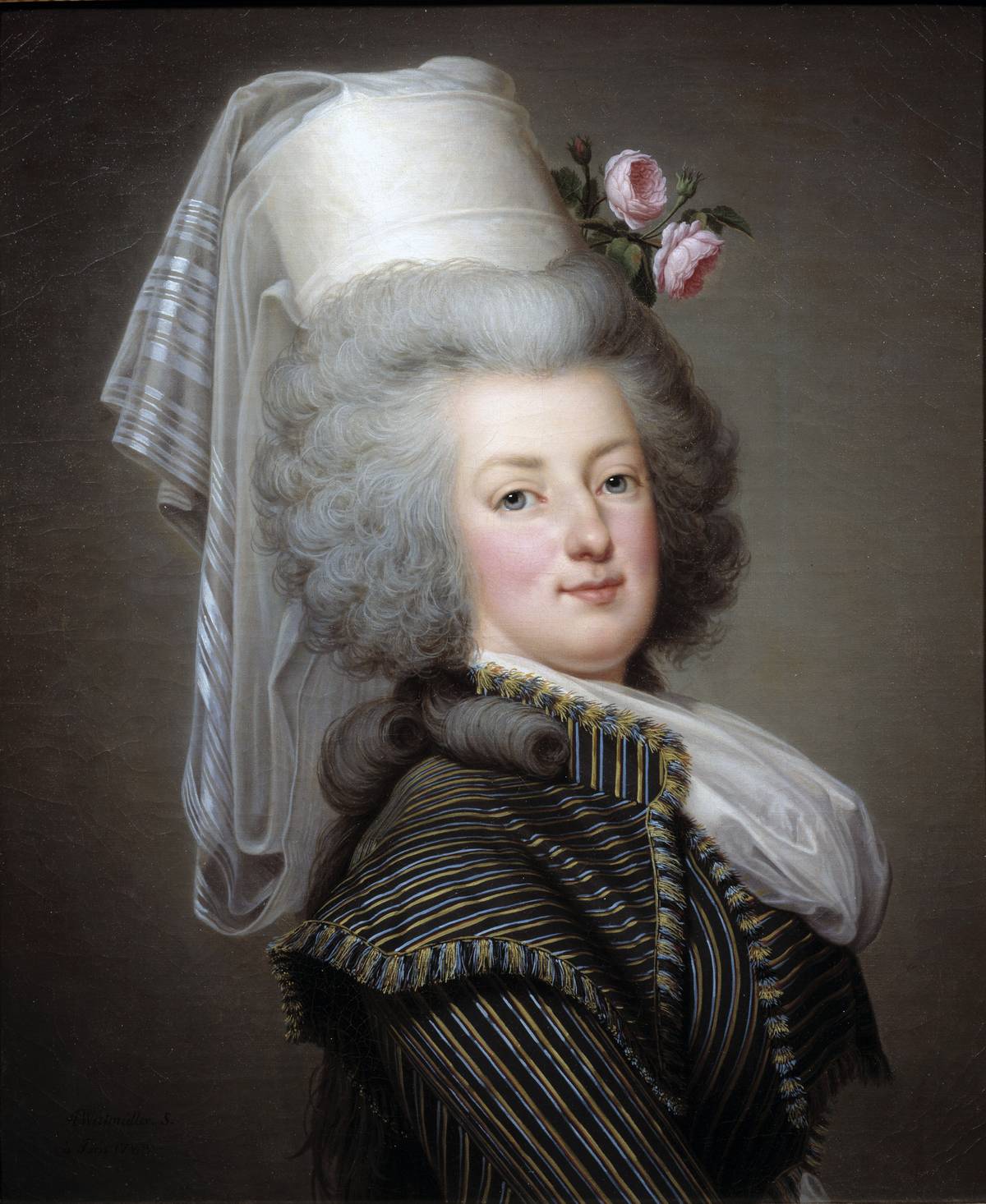
The phrase “Let them eat cake” is famously attributed to Marie Antoinette, yet there is no evidence she ever uttered it. This quote appeared in Jean-Jacques Rousseau’s Confessions, written before Marie even arrived in France.
The myth persists as a symbol of the disconnect between the monarchy and the suffering French populace. It highlights how perceptions can overshadow historical facts.
Queen of Excess: The Lavish Spending Habits
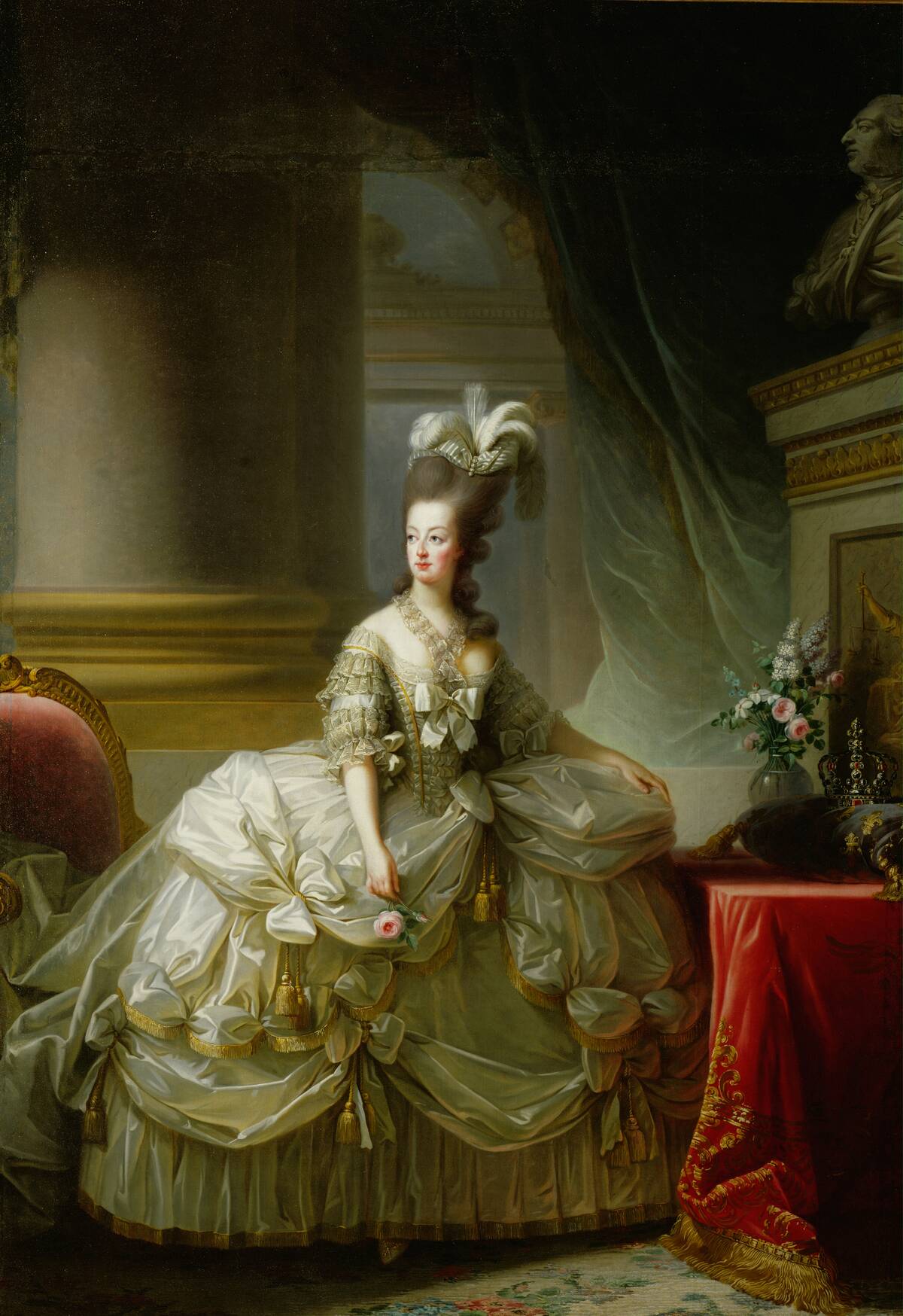
Marie Antoinette’s penchant for luxury earned her the nickname “Madame Deficit.” Her extravagant spending on fashion, betting, and elaborate parties drew criticism from a population burdened by economic hardship.
Despite attempts to curtail her expenses, this reputation for excess became a focal point for revolutionary propaganda, painting her as indifferent to the suffering of commoners.
A Patron of the Arts: Marie’s Cultural Contributions
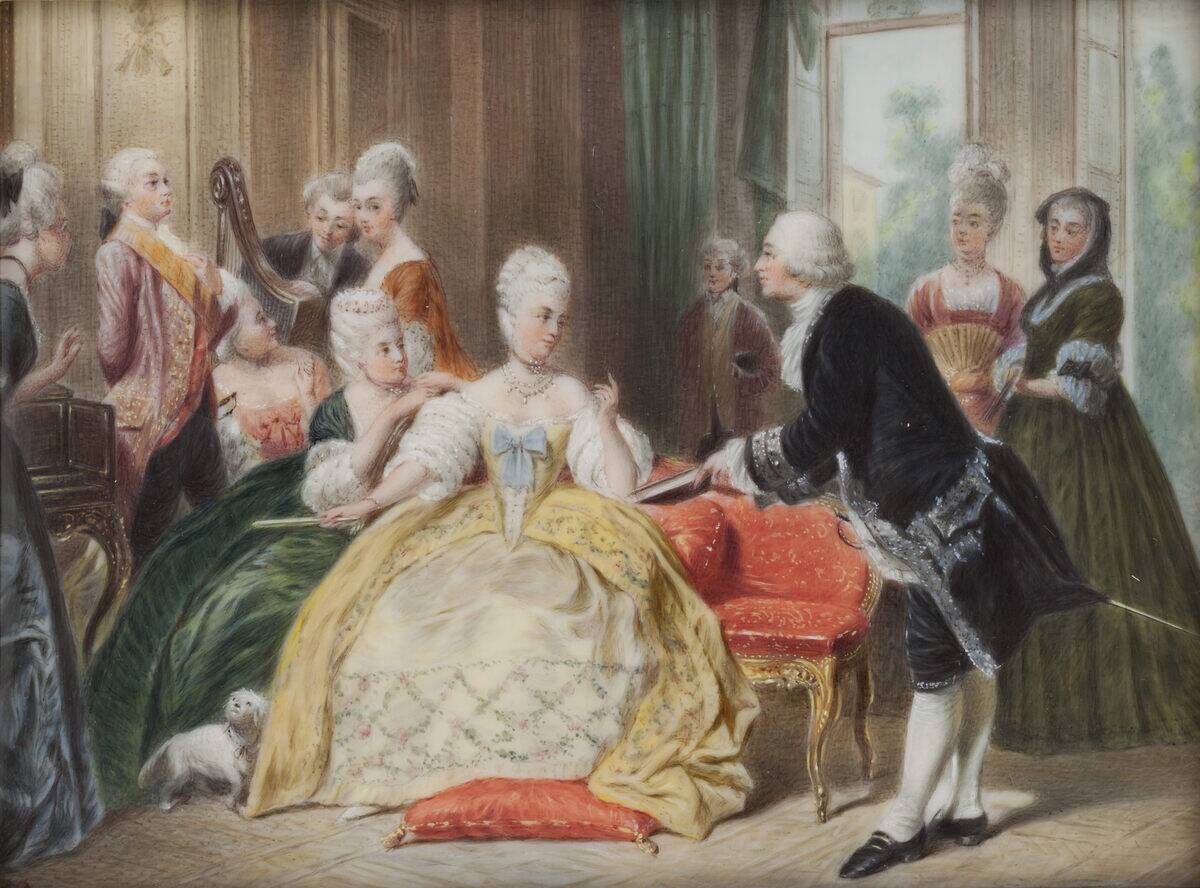
Marie Antoinette was not only a fashion icon but also a patron of the arts. She supported musicians like Christoph Willibald Gluck (pictured with her) and was instrumental in the development of the French theater.
Her patronage extended to architecture and interior design, leaving a lasting impact on French cultural heritage. Despite her tumultuous reign, her contributions to the arts were significant and enduring.
The French Revolution: A Tumultuous Reign
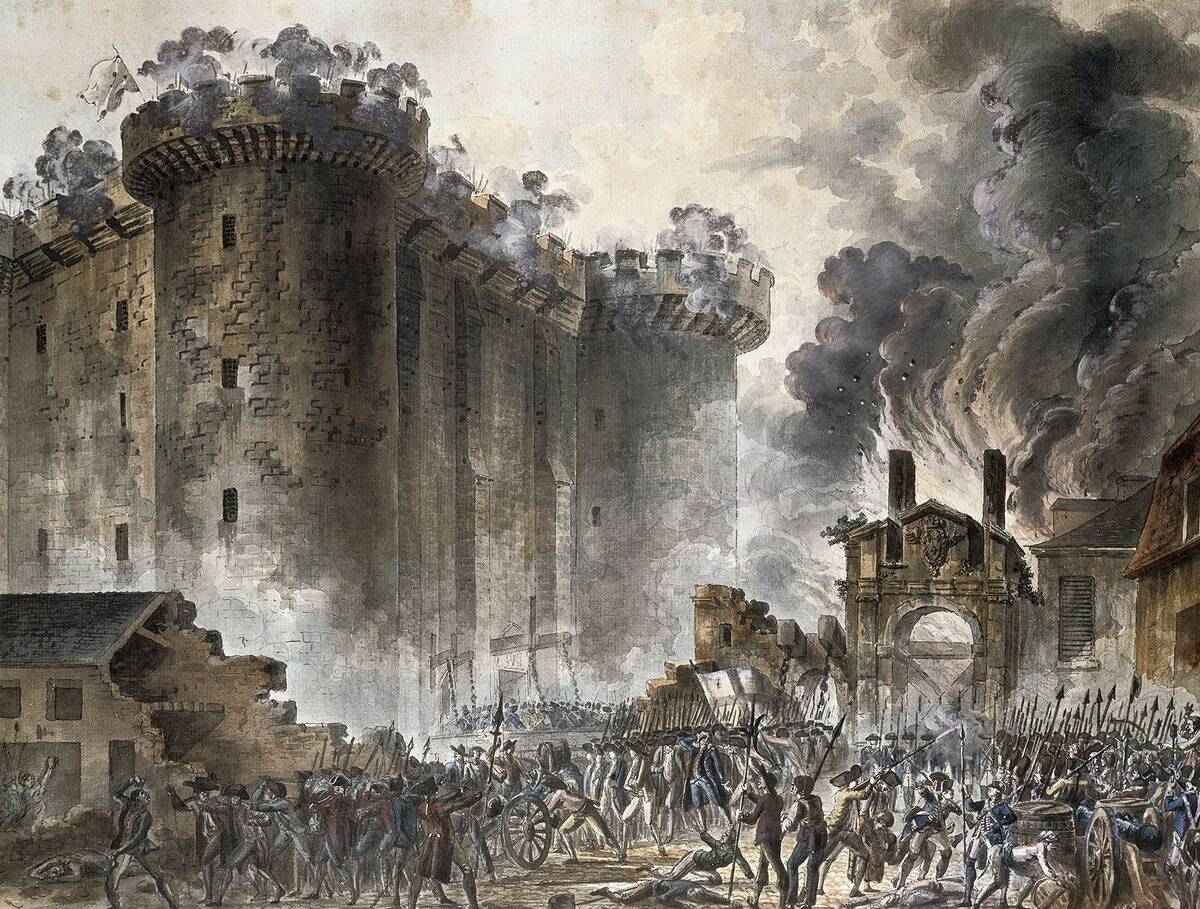
The French Revolution marked a turning point in Marie Antoinette’s life, as public resentment towards the monarchy reached a boiling point. The storming of the Bastille in 1789 signaled the beginning of the end for the royal family.
Throughout this turbulent period, Marie faced increasing hostility and scrutiny, embodying the disconnect between the monarchy and the revolutionary ideals sweeping France.
Imprisonment and Trial: Marie Antoinette’s Fall from Grace
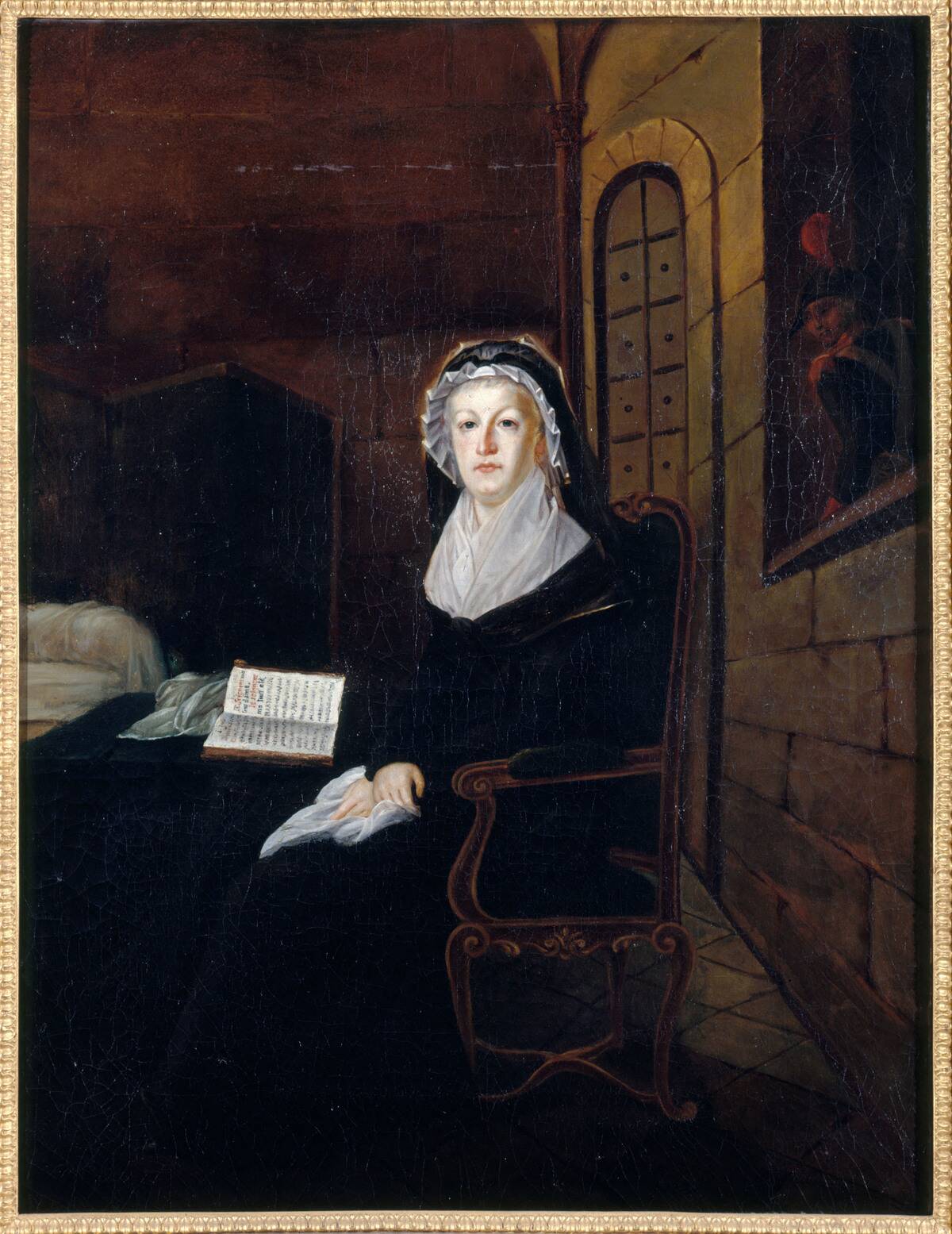
In 1792, Marie Antoinette and her family were imprisoned in the Tuileries Palace as the revolution intensified. Her trial in 1793 was swift and heavily biased, with charges ranging from treason to incest.
Despite her dignified defense, she was found guilty and sentenced to death. Her execution by guillotine on October 16, 1793, marked the tragic end of her reign and life.
The Final Days: Her Legacy and Impact on History
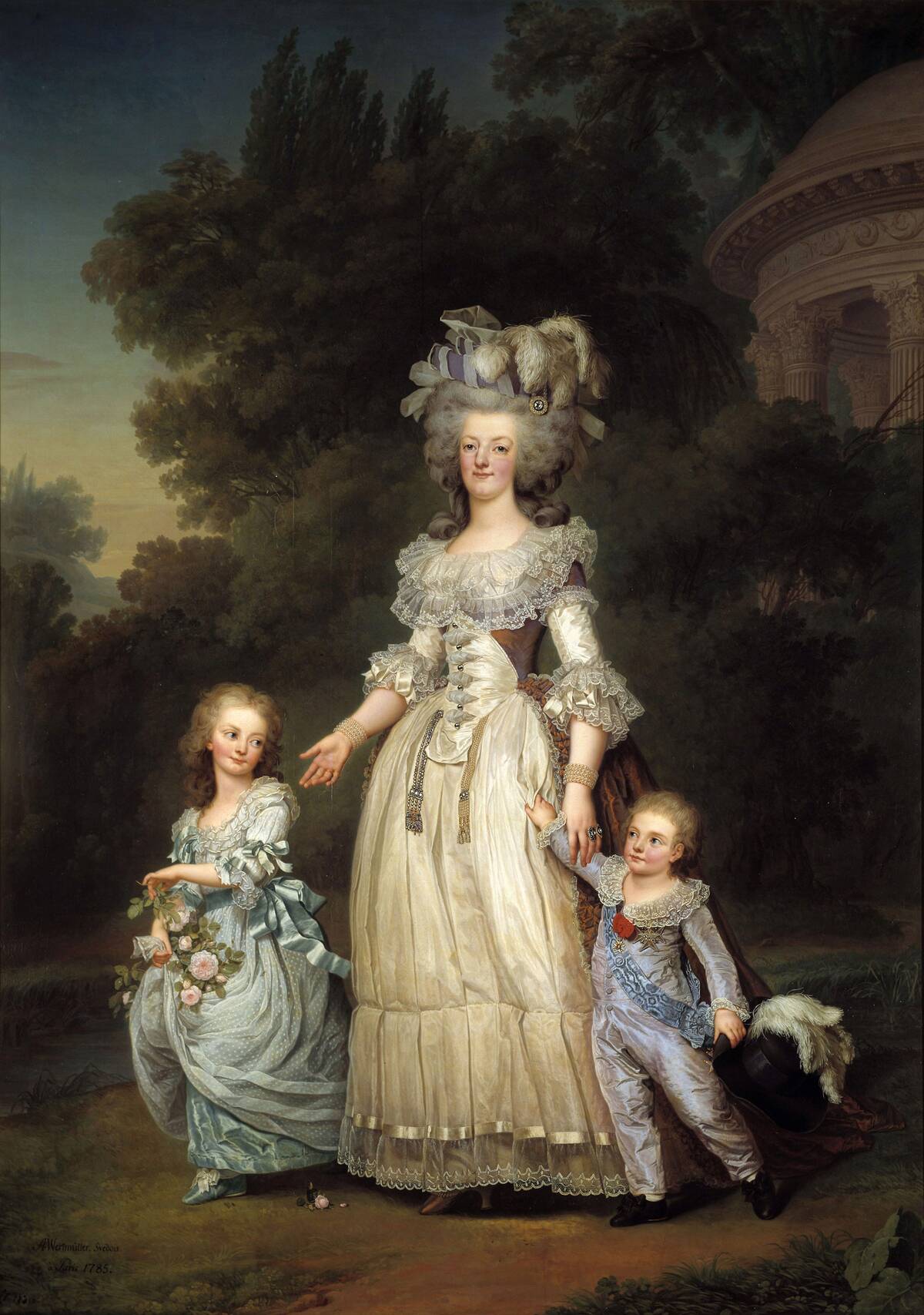
Marie Antoinette’s legacy is a complex tapestry of intrigue, excess, and tragedy. Her life story has been immortalized in countless books, movies, and theatrical productions.
While often vilified for her perceived role in the monarchy’s downfall, modern historians recognize her as a multifaceted figure caught in the tides of history. Her impact on fashion and culture remains influential to this day.



